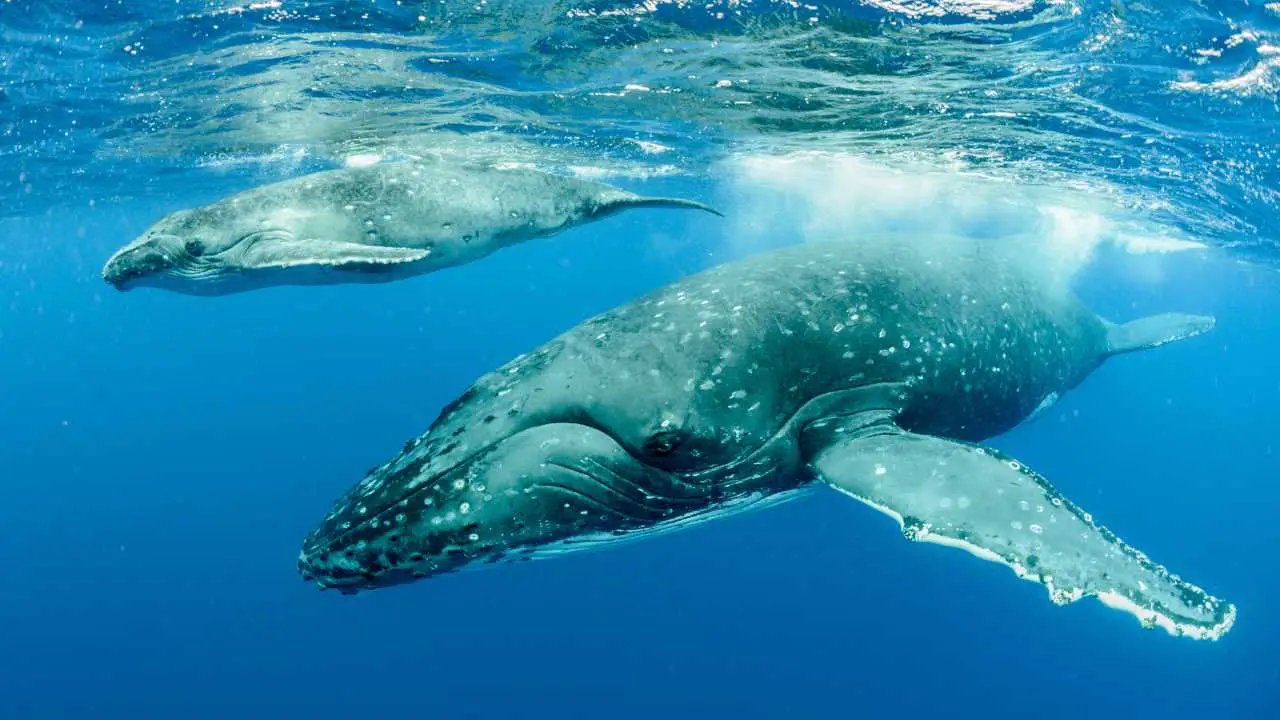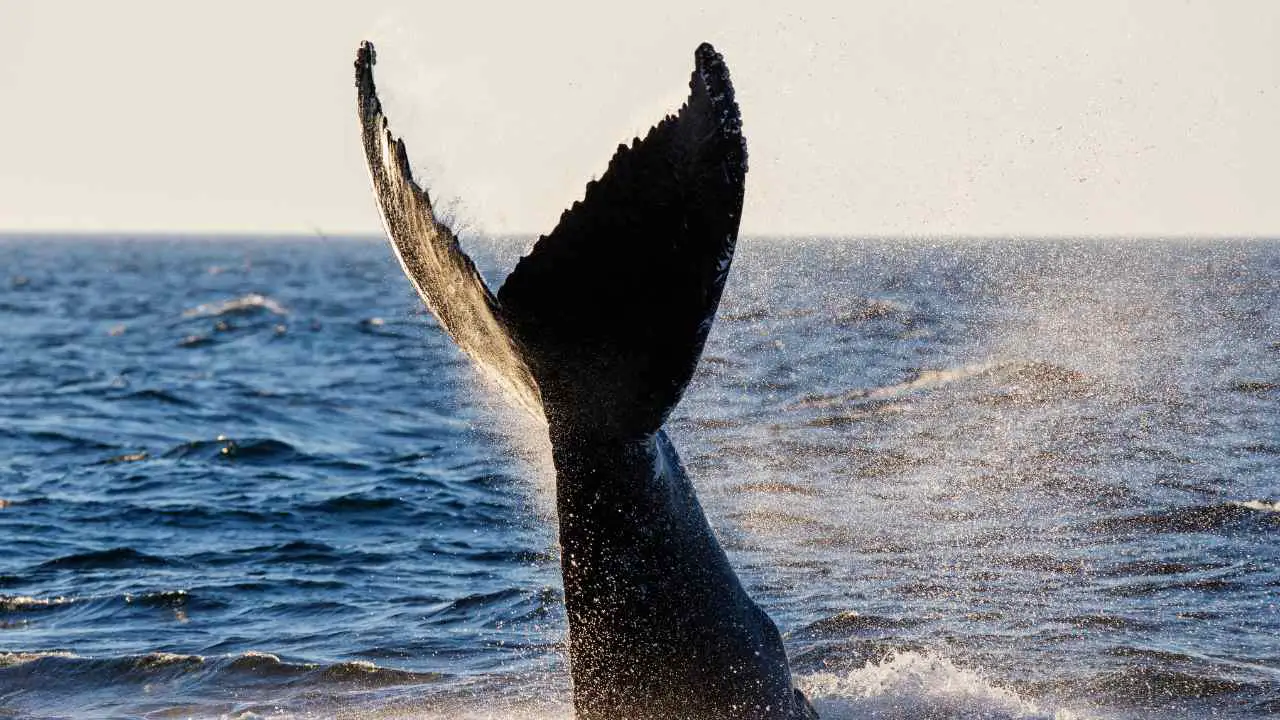Blue whale, a species of baleen whale, is the most massive animal ever to have lived, even bigger than the largest dinosaur. They can grow to over 30 m long and weigh over 130,000kg. It has a heart the size of a vehicle and a huge stomach that can store about one ton of krill. Whales aren’t at the top of the food chain but they play a crucial role in the overall health of the marine environment. With such mass and fame for being the largest animal alive, it is thought-provoking that is there anything that eats a Blue Whale? Let’s dive deep into details through this article.
What eats a Blue Whale?

Blue whales only have one natural predator, which is the killer whale, also known as orcas. Killer whales have been observed hunting and attacking blue whales, particularly targeting Juveniles. A group of orcas attack one blue whale all at once in order to hunt it down. However, other animals do not typically try to prey on blue whales due to their massive size.
What are the predators of blue whales?
The main predator of blue whales is the killer whale, also known as orca. Orcas have been observed hunting and attacking blue whales, particularly targeting calves or weak individuals.
Do orcas eat blue whales?

Yes, orcas (killer whales) have been observed hunting and eating blue whales particularly targeting young individuals. These attacks involve coordinated efforts by a pod of orcas to overpower the much larger blue whale.
The orcas use various tactics to attack a blue whale, such as launching into the blue whale’s blowhole to suffocate it, scratching them with their teeth, and even swimming inside the blue whale’s mouth to eat its tongue or flesh.
Do sharks eat blue whales?

No, sharks do not eat blue whales. Blue whales are much larger than most shark species, and their size and speed make them less vulnerable to shark attacks. Sharks may scavenge on dead or dying whales, however, there are no confirmed cases of sharks actively hunting and consuming live and healthy blue whales.
Are blue whales at the top of the food chain?
Blue whales are not considered to be at the top of the food chain because they are not predators and do not actively hunt or consume other animals. In Fact, they are filter feeders that consume primary producers (phytoplankton) and the primary consumers (krill). At the top of the marine food chain, you can find predators like killer whales (orcas) that may prey on blue whales.
Are there any other animals that prey on blue whales?
There is no evidence to suggest that any other animals besides killer whales (orcas) prey on blue whales. Any other predators do not typically target blue whales due to their sheer size.
How do blue whales defend themselves against predators?

Tail Slapping: Blue whales create loud noises and waves, using their powerful tails to deliver forceful slaps on the surface of water and intimidate or deter predators.
Travelling in Pods: Blue whales often travel in groups called pods. When blue whales travel in pods it becomes challenging for predators, such as orcas, to single out an individual whale and hunt it down.
Size and Strength: Blue whales are the largest animals on Earth, and their sheer size can act as a deterrent to potential predators.
Blubber: Blue whales have a thick layer of blubber, which provides insulation and energy reserves and acts as a protective barrier against attacks from predators.









